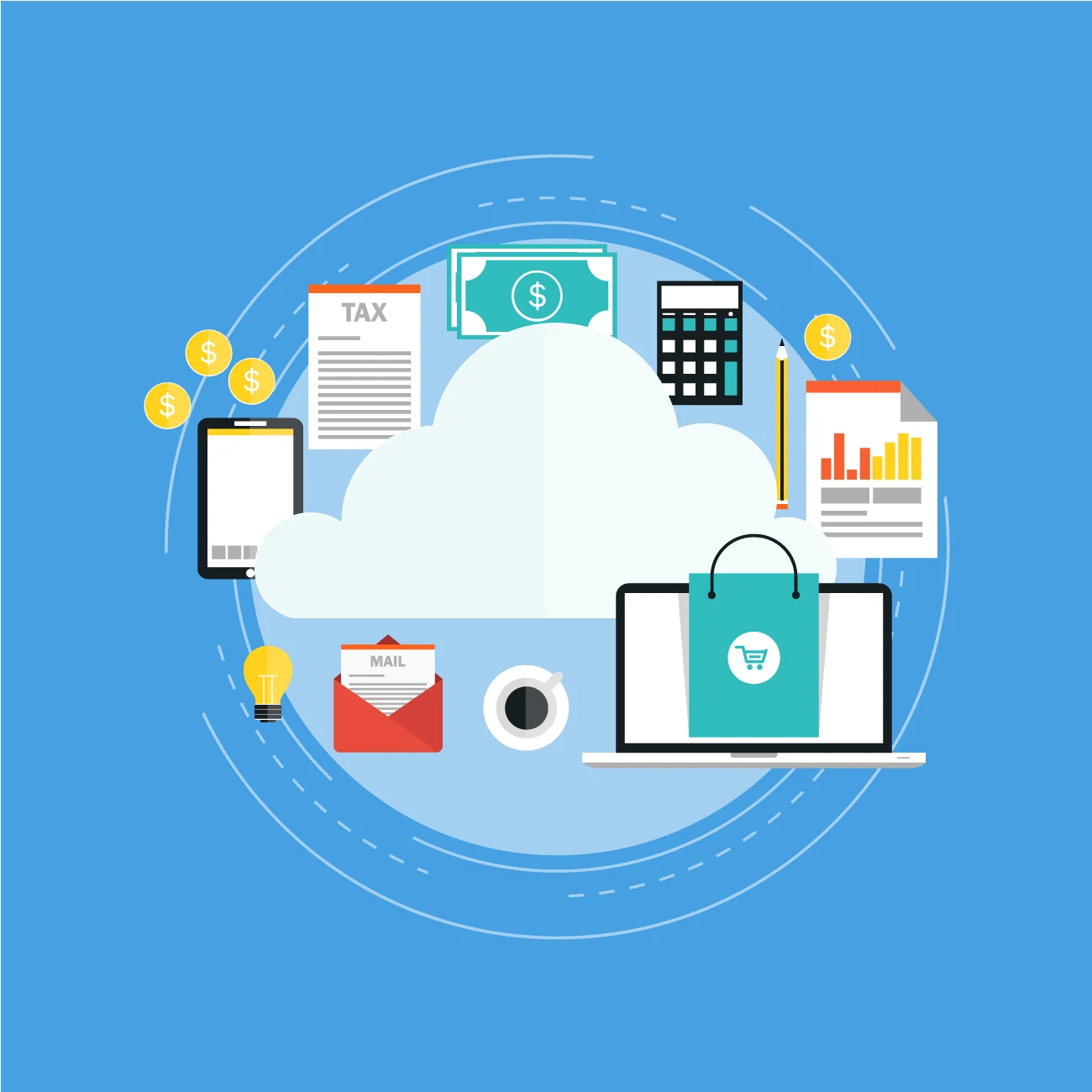Dropbox started with a video. Buffer started with a landing page. What’s your move?
You’ve done the hard part proving that your idea resonates with real users. Through surveys, interviews, and maybe even a prototype or landing page test, you’ve validated a market need. But now you’re staring at the whiteboard asking: what comes next?
Too many startups stall at this stage, either rushing into development with an unclear roadmap or overbuilding products that users don’t need. The truth is, validation is only the beginning. This is where execution truly begins to define your success.
Let’s walk through the strategic steps that transform market validation into product-market fit with frameworks, examples, and actionable insights.
1. Define a Laser-Focused MVP
Once validation is complete, the next step is to build your Minimum Viable Product (MVP) not a stripped-down product, but the simplest version of your solution that delivers core value.
Dropbox, for instance, didn’t initially build their full file-syncing infrastructure. They released a simple explainer video demonstrating how Dropbox would work. That video alone brought in over 75,000 sign-ups overnight. The lesson? Validate engagement before building infrastructure.
What an MVP is:
- A working product solving the core problem.
- A vehicle to gather real usage data.
- Something users can try, respond to, and potentially pay for.
What an MVP is not:
- A beta version of your “dream product.”
- A product loaded with nice-to-have features.
- A rushed prototype with no regard for UX.
Instead of building a massive solution, ask: what is the smallest thing we can build to test if users will engage again and again?
2. Use the Build-Measure-Learn Loop Religiously
From Eric Ries’ Lean Startup, the Build-Measure-Learn loop helps ensure you’re building based on user behavior, not founder intuition.
- Build: Launch the MVP with just enough features.
- Measure: Track engagement, drop-off points, activation, and feedback.
- Learn: Use the insights to decide whether to pivot, persevere, or tweak.
Let’s take Buffer, a social scheduling tool. Instead of building the app outright, the founders created a landing page to explain the idea. When users clicked “Plans & Pricing,” they were told the product wasn’t available yet but were invited to leave their email. Buffer validated interest before writing a single line of code.
Apply it to your MVP: don’t ship once and vanish. Ship small, learn fast, and iterate weekly.
3. Prioritize Features with Precision
One of the biggest mistakes post-validation is building everything users suggest. Feedback is gold but not all that glitters should be built.
Use this system:
- Categorize feedback into:
- Must-haves
- Delighters
- Noise
- Must-haves
- Score by frequency, intensity, and alignment with core value.
- Employ frameworks like the RICE (Reach, Impact, Confidence, Effort) scoring model to decide what to build next.
Real-world tip: Airbnb’s earliest product didn’t include ratings, host dashboards, or flexible check-in features. They focused solely on listing, booking, and payments the value-driving actions. The rest came after traction.
4. Avoid These Post-Validation Pitfalls
Mistake #1: Building in isolation.
Once validated, some founders go dark, building their MVP in a vacuum. Keep testing, keep talking to users. Invite them into your Slack or Notion updates if needed.
Mistake #2: Feature bloat.
Don’t confuse validation with permission to build it all. Many startups fail because they try to deliver a full solution too soon and run out of resources before traction.
Mistake #3: No success metrics.
Without clear KPIs (like retention rate, daily active users, or conversion), you’re flying blind. Define 2–3 metrics that signal “traction” for your MVP.
5. Test MVPs Without Burning Capital
You don’t need a 10-person dev team to test your MVP. Use no-code tools, mockups, or manual workflows to simulate functionality.
Examples:
- Airbnb started by renting out air mattresses in their own apartment. Manual messaging, no automation.
- Zappos didn’t build an inventory. Founder Nick Swinmurn took pictures at local stores and manually shipped items when orders came in.
- Tinder launched MVP at college parties to seed the app with matches, growing organically.
What these stories teach us: be creative, not expensive. A working MVP doesn’t mean a fully scalable system, it means a believable, testable solution.
6. Turn Insights Into Product-Market Fit
This is where Jobs To Be Done (JTBD) becomes a powerful lens.
Ask your users:
- “What problem were you solving when you used our product?”
- “What would you do if our solution didn’t exist?”
Understand the real job they’re hiring your product for. Then, double down on the top jobs and improve your solution’s value for that use case.
7. Checklist: From Validation to Early Traction
Before you scale, make sure you’ve:
- Defined an MVP that solves the user’s core problem
- Avoided overbuilding and prioritized ruthlessly
- Set 2–3 success metrics to evaluate traction
- Shipped early and learned quickly
- Tested with real users and iterated weekly
- Understood the real “job” your product is solving
- Built a path to recurring usage or payment
Conclusion: Ship Small, Learn Fast, Win Big
Validation is not the end of the beginning, it’s the beginning of execution. The startups that go on to succeed are those who remain agile, customer-obsessed, and data-driven during this stage. If you’ve validated the market, you’ve earned the right to start small and iterate boldly.
Now’s not the time to go quiet. Talk to users. Build scrappy. Learn relentlessly. And remember: the best products aren’t born perfect, they’re forged through continuous learning.
FAQ
One of the most common mistakes is building a feature-heavy product too quickly. Founders often assume validation equals demand for the full version, but it’s critical to build and test a lean MVP first.
Use user interviews, surveys, and behavioral insights from your validation phase. Focus on the core job-to-be-done, the one key value your product must deliver and deprioritize everything else.
Ideally, an MVP should take 4–8 weeks to build. The goal isn’t perfection, but learning. A quick turnaround allows you to test, iterate, and adapt to what your users actually need not what you assume they want.




